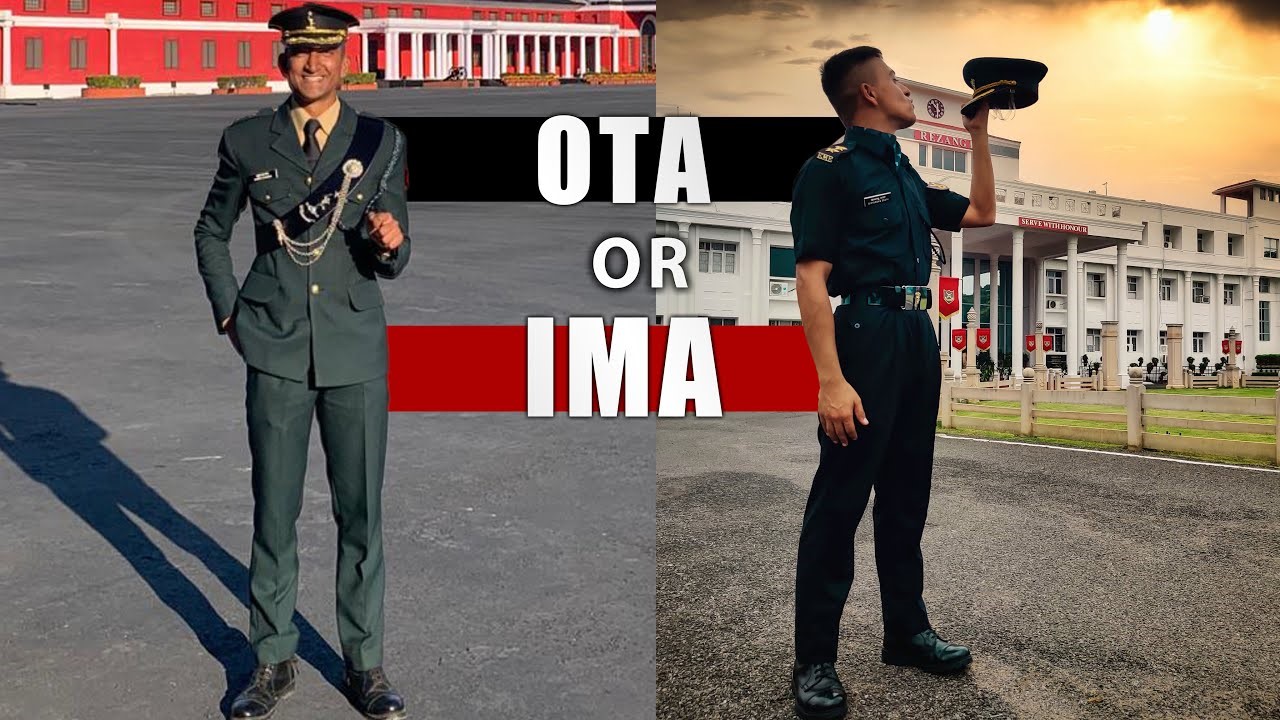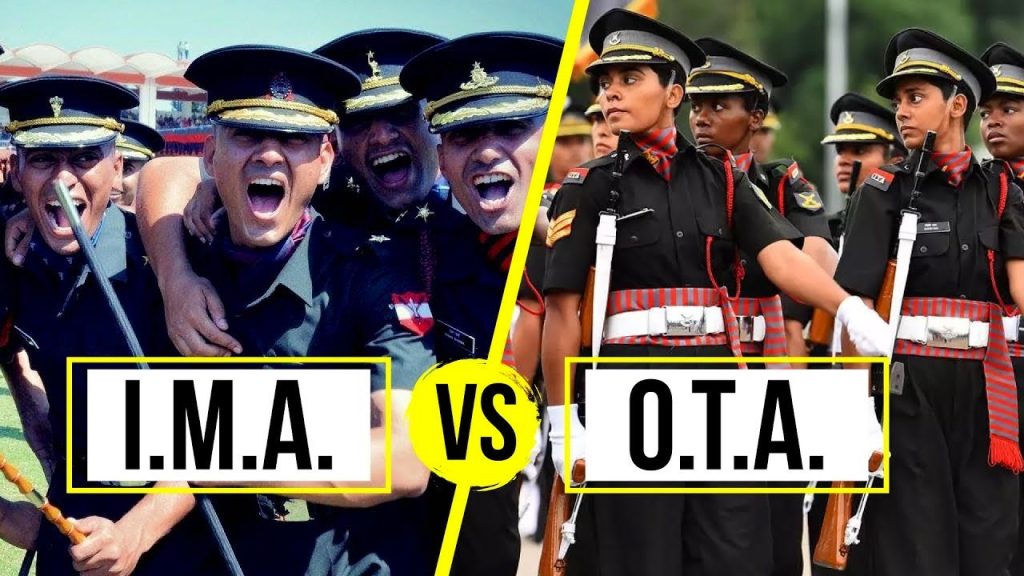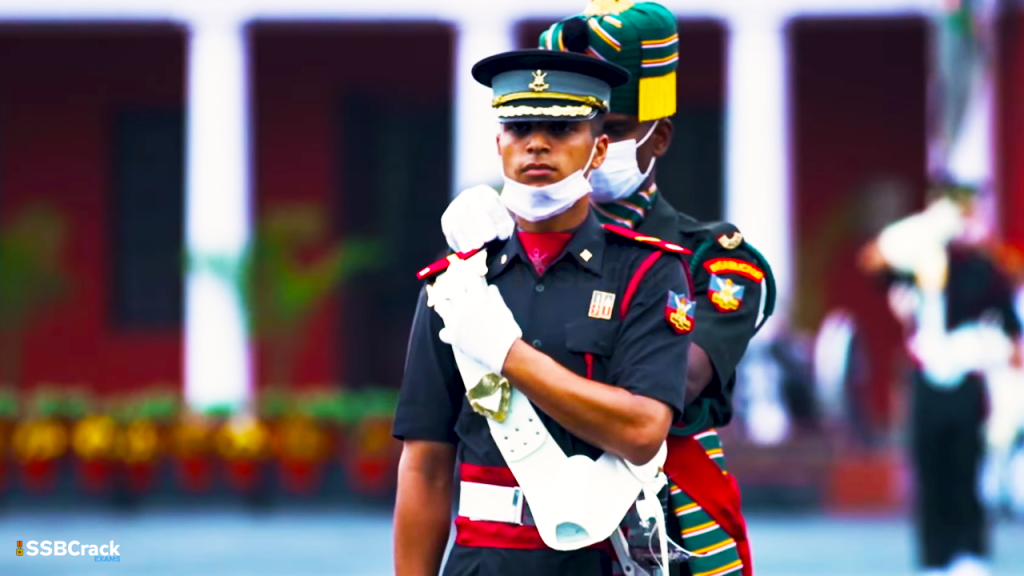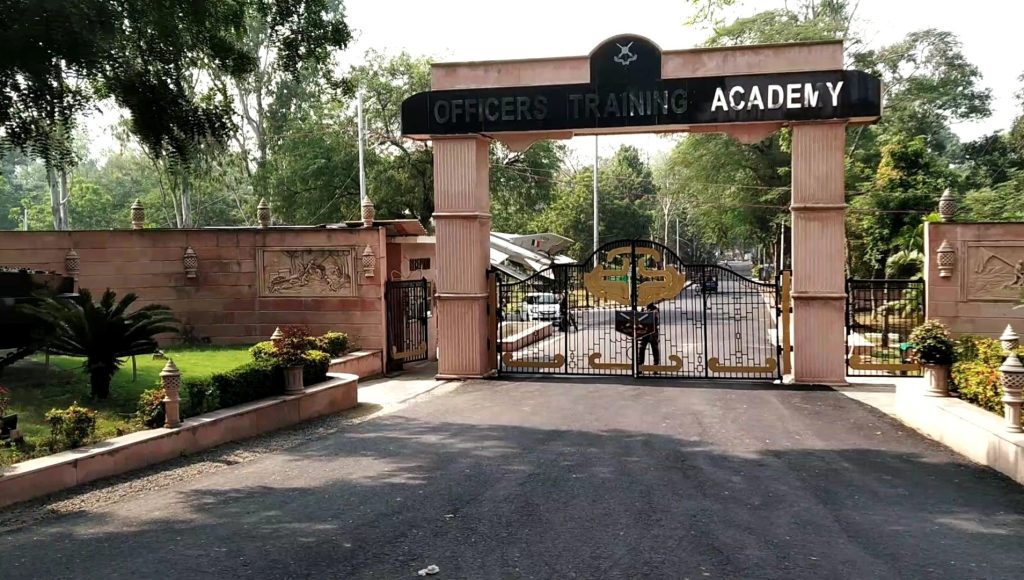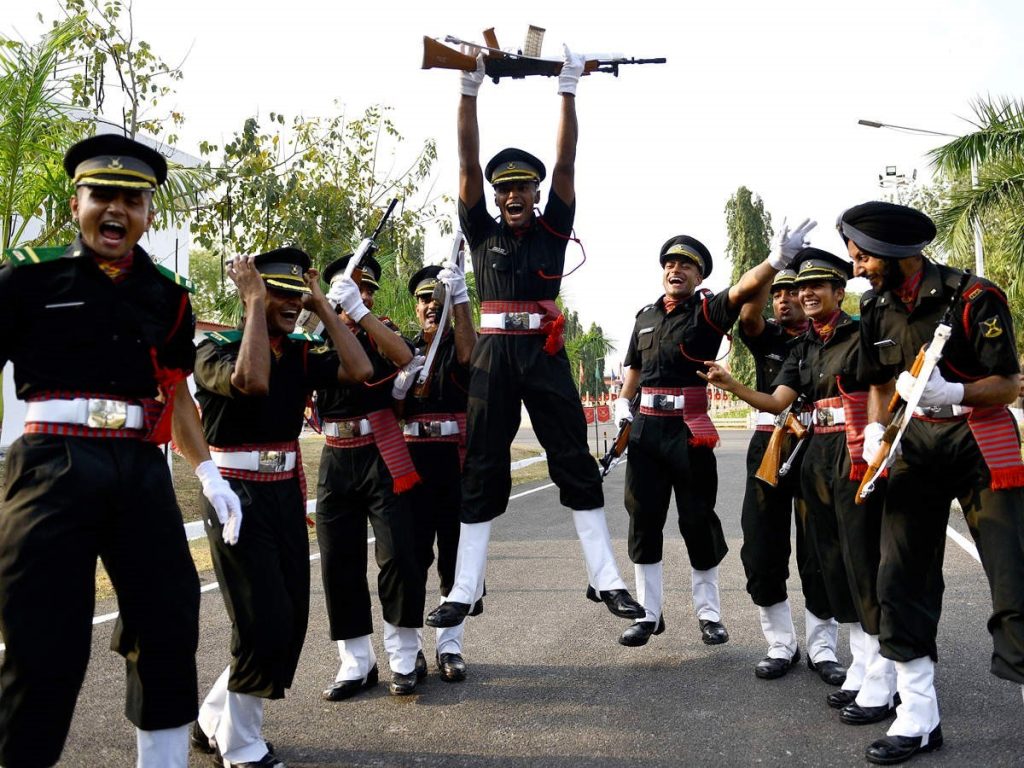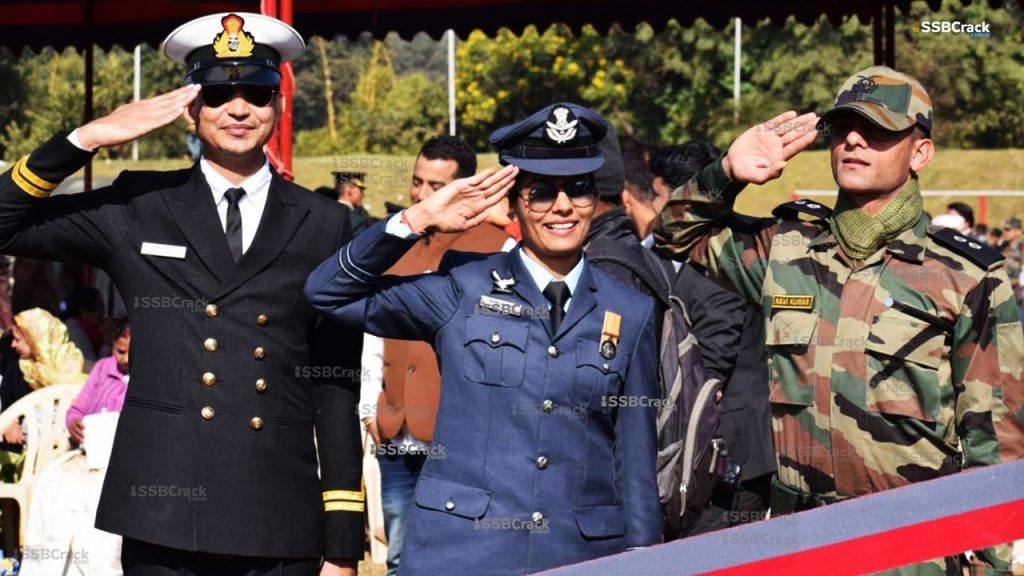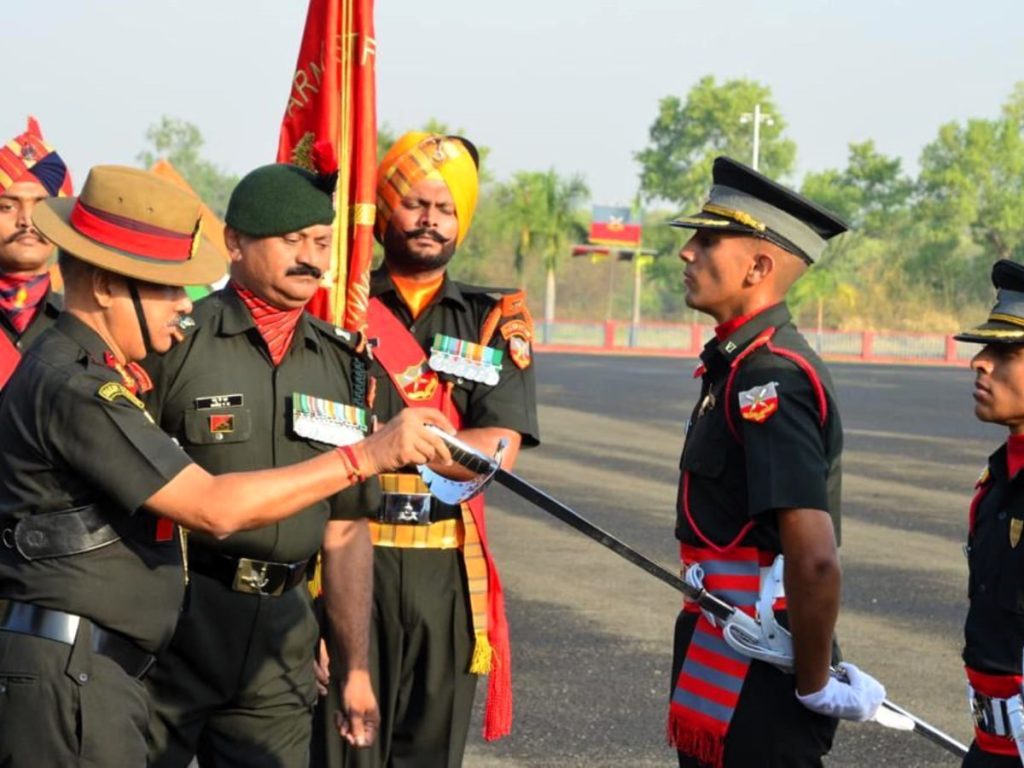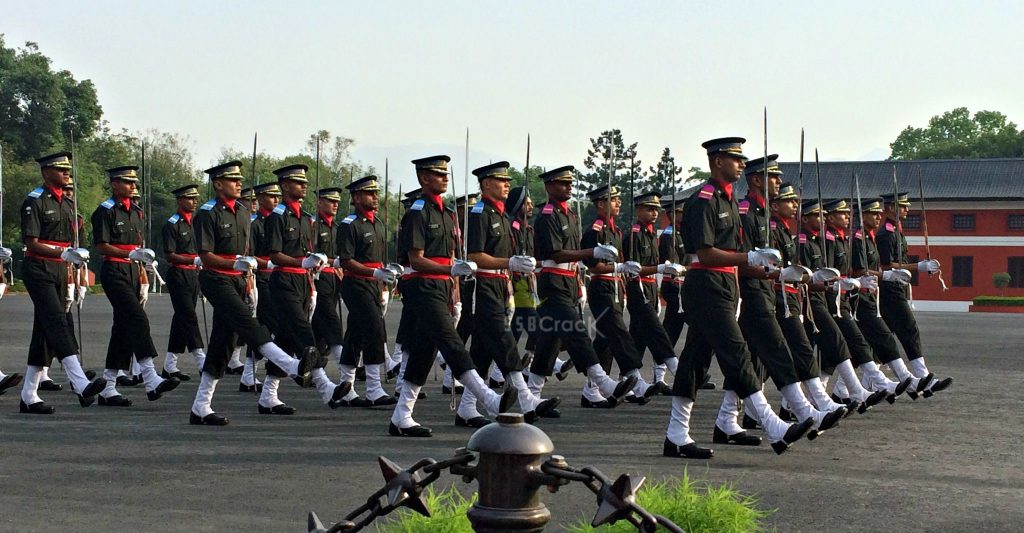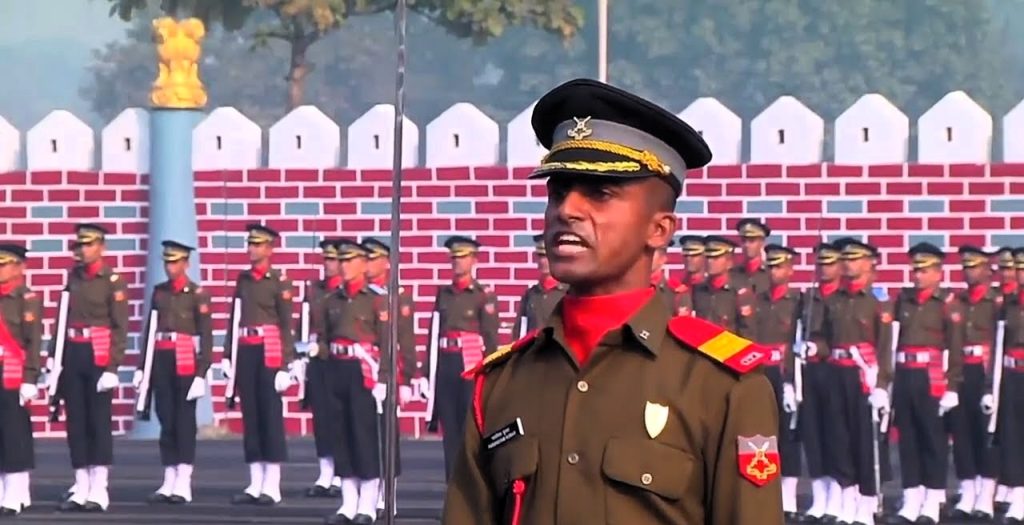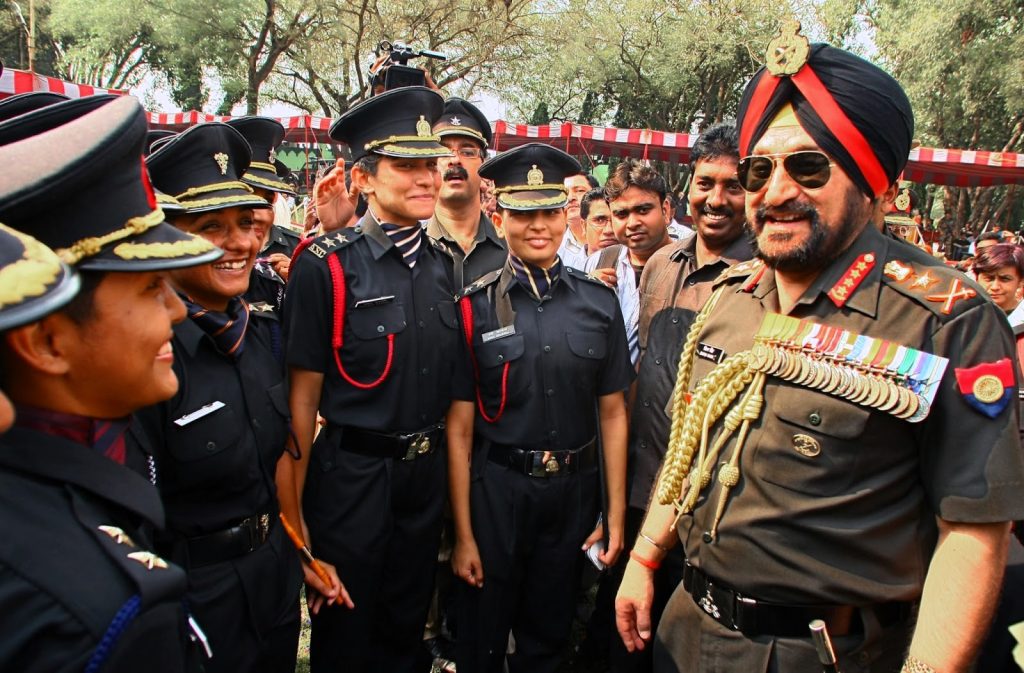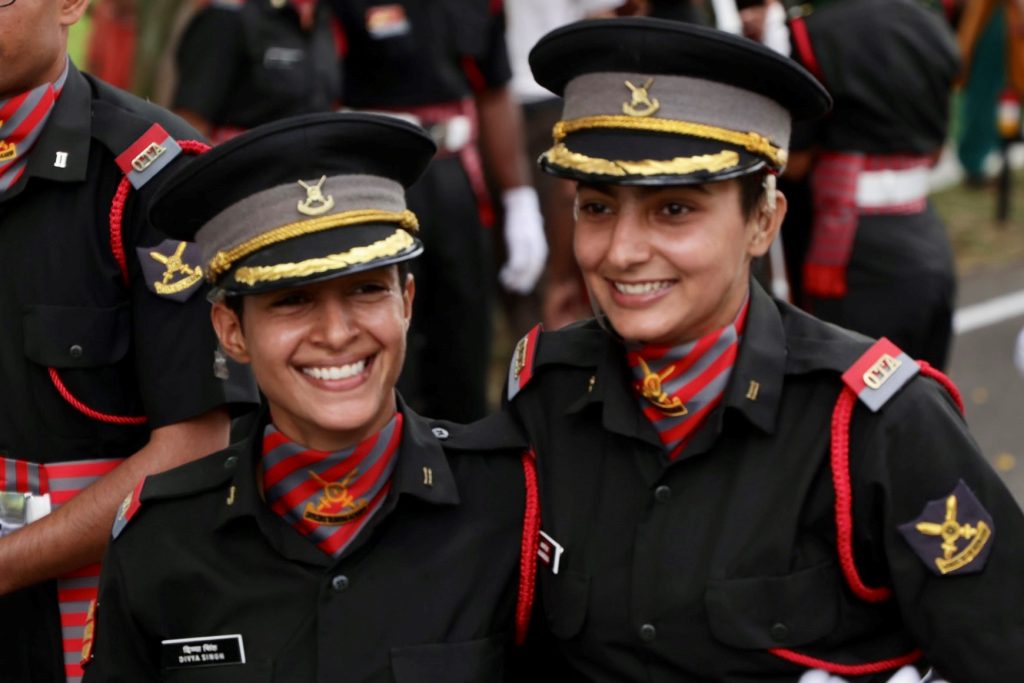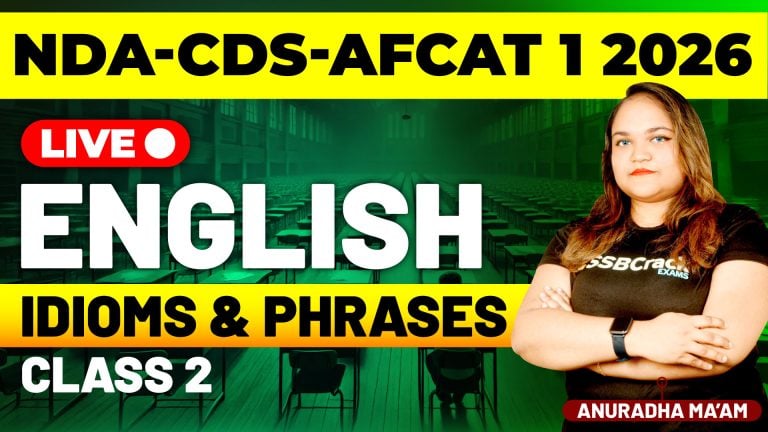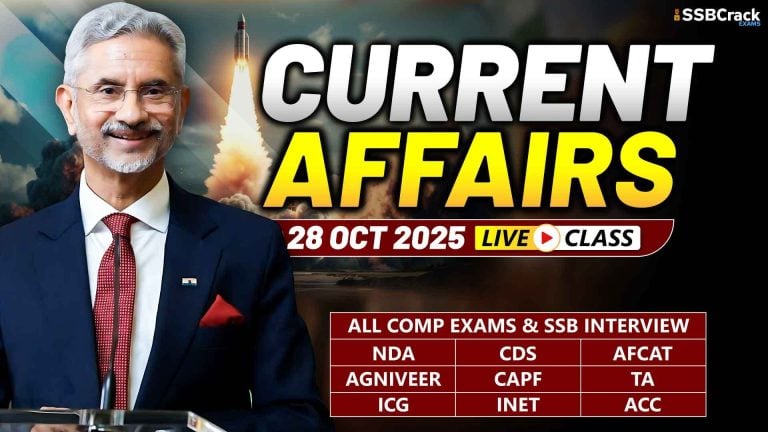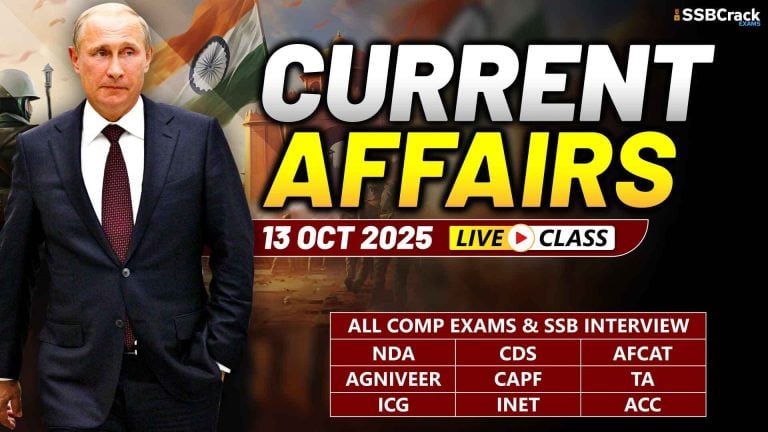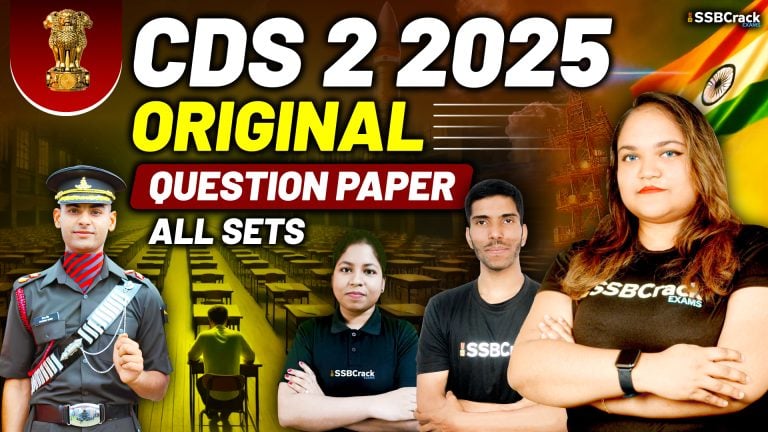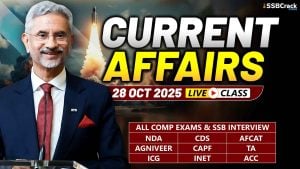When it comes to military training and leadership development, two prominent institutions in India stand out: the Officers Training Academy (OTA) and the Indian Military Academy (IMA). While both institutions share the common goal of producing competent military officers, they differ significantly in various aspects, including their establishment, selection process, curriculum, training methodologies, target demographics, and career paths. Let’s delve deeper into the differences between OTA and IMA across these key factors.
Overview of OTA vs IMA
Before delving into the detailed comparison, let’s understand the significance and key characteristics of the Officers Training Academy (OTA) vs Indian Military Academy (IMA).
Officers Training Academy (OTA)
- Establishment: OTA was established in 1963.
- Location: It is located in Chennai, Tamil Nadu.
- Type of Commissioning: OTA primarily commissions Short Service Commission (SSC) Officers, with a service duration of 14 years, extendable to Permanent Commission in certain cases.
Indian Military Academy (IMA)
- Establishment: IMA was established in 1932.
- Location: It is located in Dehradun, Uttarakhand.
- Type of Commissioning: IMA primarily commissions Permanent Commission (PC) Officers, with a maximum service duration of 30 years.
Salary of Indian Army IMA OTA Officer Cadets
Selection Process -OTA VS IMA
The selection process for admission to OTA vs IMA serves as the gateway for aspiring candidates to embark on their journey towards becoming military officers. Here’s how the selection processes for OTA and IMA differ:
Officers Training Academy (OTA)
- Entry: Direct entry after graduation.
- Eligibility: Graduation from a recognized university.
- Age Limit: 19 to 25 years.
- Written Exam: Candidates need to clear the Combined Defence Services Examination (CDSE) conducted by the Union Public Service Commission (UPSC) followed by the Services Selection Board (SSB) interview. Mathematics is not mandatory for OTA aspirants in the CDSE examination.
- Physical Tests: Candidates undergo physical fitness tests, including running, push-ups, sit-ups, and chin-ups.
- Medical Standards: Candidates must meet the prescribed medical standards set by the Indian Army.
Indian Military Academy (IMA)
- Entry: Entry through Combined Defence Services (CDS) Examination or National Defence Academy (NDA) Examination.
- Eligibility: Graduation from a recognized university.
- Age Limit: 19 to 24 years.
- Written Exam: Candidates need to clear the CDSE examination conducted by the UPSC followed by the SSB interview. Mathematics is mandatory for IMA aspirants in the CDSE examination.
- Physical Tests: Similar to OTA, candidates undergo physical fitness tests.
- Medical Standards: Candidates must meet the prescribed medical standards set by the Indian Army.
Training Methodology – OTA VS IMA
The curriculum and training methodologies employed by OTA vs IMA play a crucial role in shaping the capabilities and competencies of the officers they produce. Here’s how their training methodologies differ:
Officers Training Academy (OTA)
- Duration: 49 weeks for men and 11 months for women.
- Entry: Direct entry after graduation.
- Training Method: Intensive training in military tactics, leadership, and physical fitness.
Indian Military Academy (IMA)
- Duration: Approximately 18 months.
- Entry: Entry through CDS Examination or NDA Examination.
- Training Method: Comprehensive military and academic training covering various disciplines such as tactics, strategy, leadership, and physical conditioning.
Target Demographics -OTA VS IMA
Understanding the demographics targeted by OTA vs IMA is essential as it influences the composition and diversity of officers within the Indian Armed Forces. Here’s how OTA and IMA differ in their target demographics:
Officers Training Academy (OTA)
- Gender: Both men and women.
- Commission Type: Short Service Commission (SSC).
Indian Military Academy (IMA)
- Gender: Men only.
- Commission Type: Permanent Commission (PC).
Career Trajectory – OTA VS IMA
The purpose and career trajectory offered by OTA vs IMA set the foundation for the type of service and leadership roles undertaken by their graduates within the Indian Armed Forces. Here’s how their career trajectories differ:
Officers Training Academy (OTA)
- Career Path: Offers opportunities for short-term service in the Indian Army.
- Specializations: Offers diverse career options within the Indian Army, including combat and support roles.
Indian Military Academy (IMA)
- Career Path: Provides avenues for long-term service and leadership roles in the Indian Army.
- Specializations: Provides training for combat arms and combat support arms.
Here’s a tabular difference between OTA vs IMA based on the provided content:
| Aspect | Officers Training Academy (OTA) | Indian Military Academy (IMA) |
|---|---|---|
| Establishment | Established in 1963 | Established in 1932 |
| Location | Located in Chennai, Tamil Nadu | Located in Dehradun, Uttarakhand |
| Type of Commissioning | Short Service Commission (SSC) Officers – 14 Years | Permanent Commission (PC) Officers – 30 years maximum |
| Entry | Direct entry after graduation | Entry through Combined Defence Services (CDS) Examination or National Defence Academy (NDA) Examination |
| Eligibility | Graduation from a recognized university | Graduation from a recognized university |
| Age Limit | 19 to 25 years | 19 to 24 years |
| Written Exam | CDSE examination conducted by UPSC followed by SSB interview. Mathematics not mandatory for OTA aspirants | CDSE examination conducted by UPSC followed by SSB interview. Mathematics mandatory for IMA aspirants |
| Physical Tests | Physical fitness tests including running, push-ups, sit-ups, and chin-ups | Physical fitness tests including running, push-ups, sit-ups, and chin-ups |
| Medical Standards | Candidates must meet the prescribed medical standards set by the Indian Army | Candidates must meet the prescribed medical standards set by the Indian Army |
| Duration | 49 weeks for men and 11 months for women | Approximately 18 months |
| Training Method | Intensive training in military tactics, leadership, and physical fitness | Comprehensive military and academic training covering various disciplines such as tactics, strategy, leadership, and physical conditioning |
| Gender | Both men and women | Men only |
| Commission Type | Short Service Commission (SSC) | Permanent Commission (PC) |
| Career Path | Offers opportunities for short-term service in the Indian Army | Provides avenues for long-term service and leadership roles in the Indian Army |
| Specializations | Offers diverse career options within the Indian Army, including combat and support roles | Provides training for combat arms and combat support arms |
In summary, OTA vs IMA aim to train skilled military officers, but they serve different parts of the Indian Army. OTA primarily trains short-service commission officers, focusing on efficiency and versatility, while IMA prepares candidates for permanent commission, emphasizing leadership and long-term service. Aspiring military candidates need to understand OTA vs IMA differences to choose the path that best fits their career ambitions and objectives.
FAQs
1. What is OTA and IMA?
OTA stands for Officers Training Academy, and IMA stands for Indian Military Academy. They are prestigious institutions in India dedicated to training future leaders of the armed forces.
2. What is the primary difference between OTA and IMA?
The primary difference lies in their commissioning types and target demographics. OTA primarily commissions Short Service Commission (SSC) Officers, while IMA commissions Permanent Commission (PC) Officers. Additionally, OTA accepts both men and women, whereas IMA is exclusively for men.
3. Where are OTA and IMA located?
OTA is located in Chennai, Tamil Nadu, while IMA is situated in Dehradun, Uttarakhand.
4. What is the selection process for OTA and IMA?
For OTA, candidates can directly apply after graduation, while for IMA, entry is through the Combined Defence Services (CDS) Examination or the National Defence Academy (NDA) Examination.
5. What are the age limits for OTA and IMA?
The age limit for OTA is 19 to 25 years, whereas for IMA, it is 19 to 24 years.
6. What are the written exam requirements for OTA and IMA?
Candidates for OTA need to clear the CDSE examination conducted by the UPSC followed by the SSB interview. Mathematics is not mandatory for OTA aspirants. For IMA, candidates also need to clear the CDSE examination, but Mathematics is mandatory.
7. What is the duration of training at OTA and IMA?
The training duration is approximately 49 weeks for men and 11 months for women at OTA, whereas it is around 18 months at IMA.
8. What are the career paths after completing training at OTA and IMA?
OTA offers opportunities for short-term service in the Indian Army, mainly focusing on efficiency and versatility. On the other hand, IMA provides avenues for long-term service and leadership roles within the Indian Army.
9. Can women join IMA?
No, IMA is exclusively for men. However, OTA accepts both men and women candidates.
10. What are the specializations offered at OTA and IMA?
OTA offers diverse career options within the Indian Army, including combat and support roles. IMA provides training for combat arms and combat support arms.
